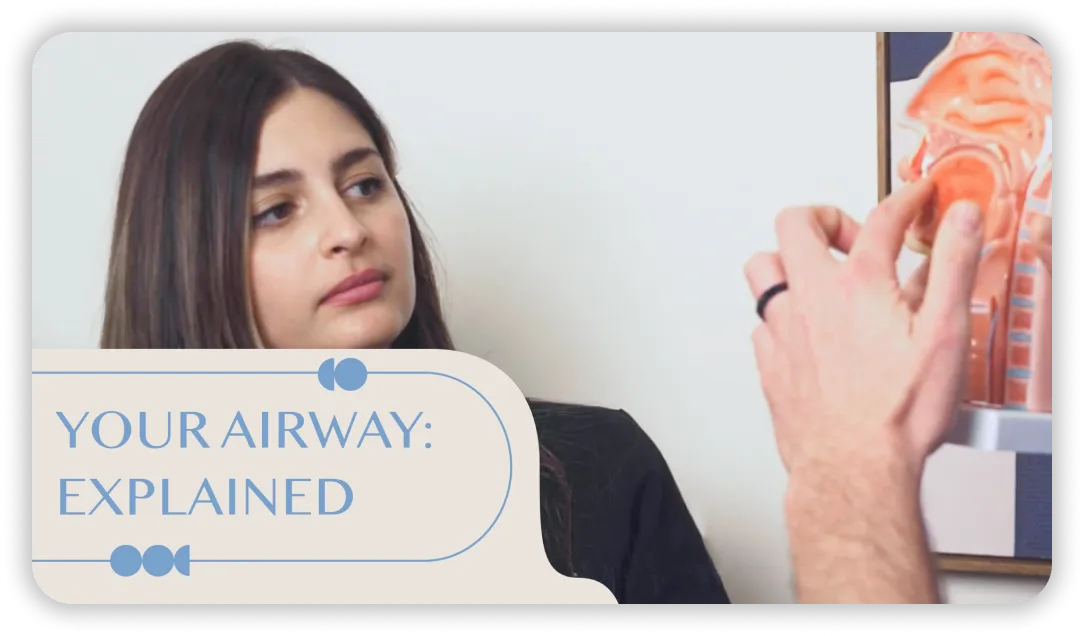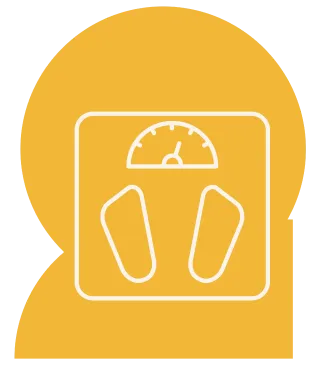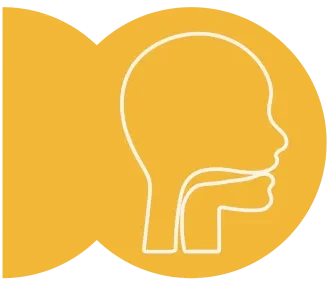

What it is: Clear aligners like Candid and Invisalign.
How it helps: Treats sleep apnea caused by orthodontic issues, correcting narrow bites, crowded teeth, and creating more room for the tongue, which improves breathing and sleep quality.
Ideal for: Patients with narrow dental arches, severely crowded teeth, or misaligned bites.
What it is: Non-invasive alternatives to CPAP machines.
Options include:
Ideal for: Patients looking for comfortable, non-surgical alternatives to CPAP machines.
What it is: Exercises to retrain the muscles of the mouth, face, and throat.
How it helps: Corrects dysfunctional oral habits such as mouth breathing, tongue thrust, and poor swallowing patterns. Improves breathing, alleviates symptoms of sleep-related breathing disorders, and supports long-term airway health.
Ideal for: Patients with oral muscle dysfunction contributing to sleep-disordered breathing.
What it is: An innovative laser treatment.
How it helps: Reduces snoring by targeting and tightening the soft tissues of the throat and soft palate, which reduces vibrations that cause snoring sounds.
Ideal for: Patients suffering from chronic snoring.
What it is: CO2 laser treatment for tongue-tie.
How it helps: Provides a precise and minimally invasive approach to releasing tethered tissue, improving tongue mobility, and enhancing airflow for better breathing and sleep.
Ideal for: Patients with restricted tongue movement affecting their breathing and sleep quality.








Privacy Policy
Privacy Policy